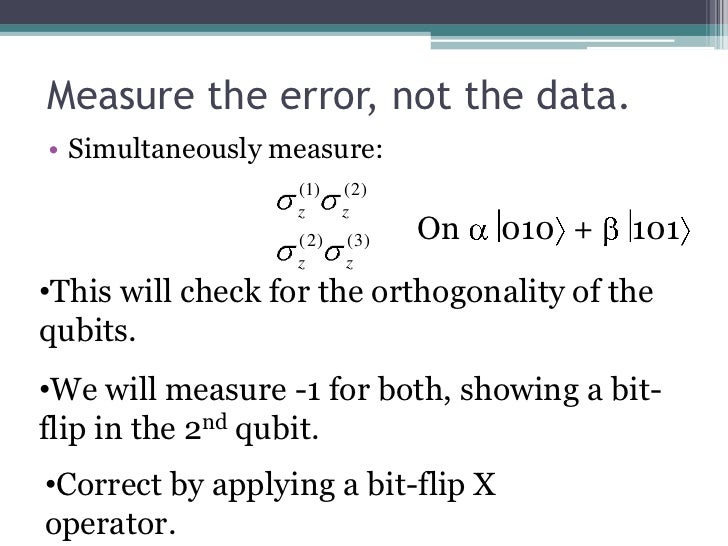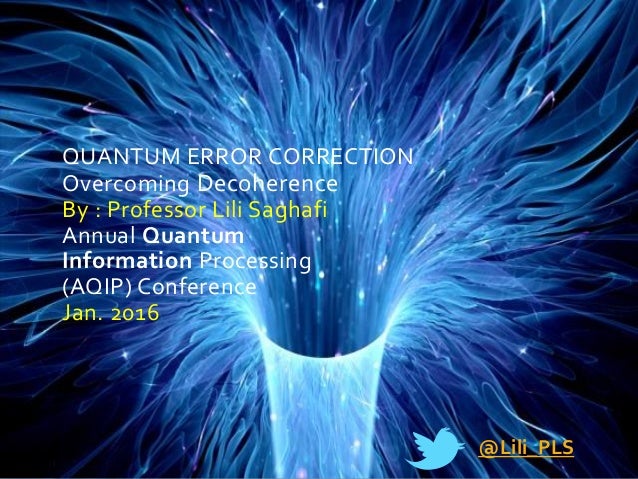

Werner is with the Institut für Mathematische Physik, Technische Universität Braunschweig, 38106 Braunschweig, Germany by A. Quantum Information Theory Unit at the ISI Foundation, 10133 Torino, Italy Universität Braunschweig, 38106 Braunschweig, Germany and with the Schlingemann is with the Institut für Mathematische Physik, Technische Kretschmann is with the Department of Applied Mathematics and Theoretical Physics, University of Cambridge, Cambridge CB3 0WA, U.K. Kretschmann was supported by the European Union project RESQ and theĭ. Manuscript received Jrevised July 18, 2007. In cb-norm iff we can find dilating unitaries, Our contribution is a continuity theorem for Stinespring’s dilation: we show that two quantum channels, and, are close Of permissible quantum operations, but is also a most useful tool Stinespring’sĭilation thus not only provides a neat characterization of the set The theorem com es withĪ bound on the dimension of the ancilla system. Input with a second system in a specified state (conventionallyĬalled the ancilla system), ii) unitary transformation of the combined input-ancilla system, and iii) reduction to a subsystem.Īny channel can hence be thought of as arising from a unitaryĮvolution on a larger (dilated) system. Index Terms-Quantum channels, Stinespring dilation, information-disturbance tradeoff.ĬCORDING to Stinespring’s dilation theorem, everyĬompletely positive and trace-preserving map, or quantumĬhannel, can be built from the basic operations of i) tensoring the The continuity estimate (1) can then be rewritten as Optimize over all unitaries on the ancilla system. Stinespring’s representation is unique up to unitary transformations on the ancilla system. In (1) is a stabilized version of the standard operator norm We briefly discuss further implications for quantum cryptography, thermalization processes, and the black hole information Of the information-disturbance tradeoff in terms of quantum channels, as well as a continuity estimate for the no-broadcasting theorem.

Theorem from states to channels and allows to derive a formulation Unitary implementations which are close in operator norm, withĭimension-independent bounds. Here we proveĪ continuity theorem for Stinespring’s dilation: if two quantumĬhannels are close in cb-norm, then it is always possible to find Theorem for quantum channels: it states that any quantum channelĪrises from a unitary evolution on a larger system. WernerĪbstract-Stinespring’s dilation theorem is the basic structure The Information-Disturbance Tradeoff and theĬontinuity of Stinespring’s Representationĭennis Kretschmann, Dirk Schlingemann, and Reinhard F. IEEE TRANSACTIONS ON INFORMATION THEORY, VOL.


 0 kommentar(er)
0 kommentar(er)
